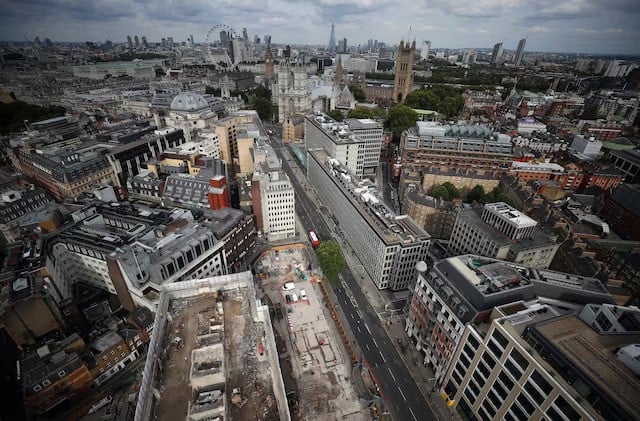Rising mortgage rates in Britain have pushed approximately 320,000 people into poverty, a figure significantly higher than official estimates, according to a report released on Thursday. Although mortgage rates have decreased from their peak of over 6% for a typical two-year mortgage last year, they remain above 5%, considerably higher than pre-2022 levels.
The report, produced by the Institute for Fiscal Studies (IFS) and funded by the Joseph Rowntree Foundation, highlights that the increase in borrowing costs has affected more individuals than previously believed. This discrepancy arises from limitations in official household income data, which applies a single average interest rate across all households, thus underestimating the true impact on poverty levels. Sam Ray-Chaudhuri, a research economist at the IFS, noted that the official statistics likely understate the number of people in poverty and warned that this issue will persist in future data.
The inflation impact has also been uneven, with the bottom decile of income experiencing inflation rates of up to 14.3%, compared to 11.3% for the highest income bracket, according to the Office for National Statistics.
The IFS report underscores the severe consequences of Britain’s escalating mortgage costs. Individuals who needed to renew or take out new home loans in the past two years have seen a significant reduction in their disposable income.
Many households are now paying thousands of pounds more in mortgage payments, contributing to a 1.4 percentage point increase in poverty rates among mortgagors from December 2021 to December 2023.
This surge in relative poverty, defined as households with incomes below 60% of the median, equates to an additional 320,000 adults falling below the poverty line. This increase follows 14 consecutive hikes in the Bank of England base rate, which rose from a record low of 0.1% in December 2021 to 5.25% currently, marking the most aggressive anti-inflationary measures in four decades.
The increase in mortgage rates, exacerbated by the turmoil following Liz Truss’s mini-budget in September 2022, has also led to higher costs for renters, while homeowners with fixed-rate mortgages taken out before the rate hikes have been somewhat protected.
























